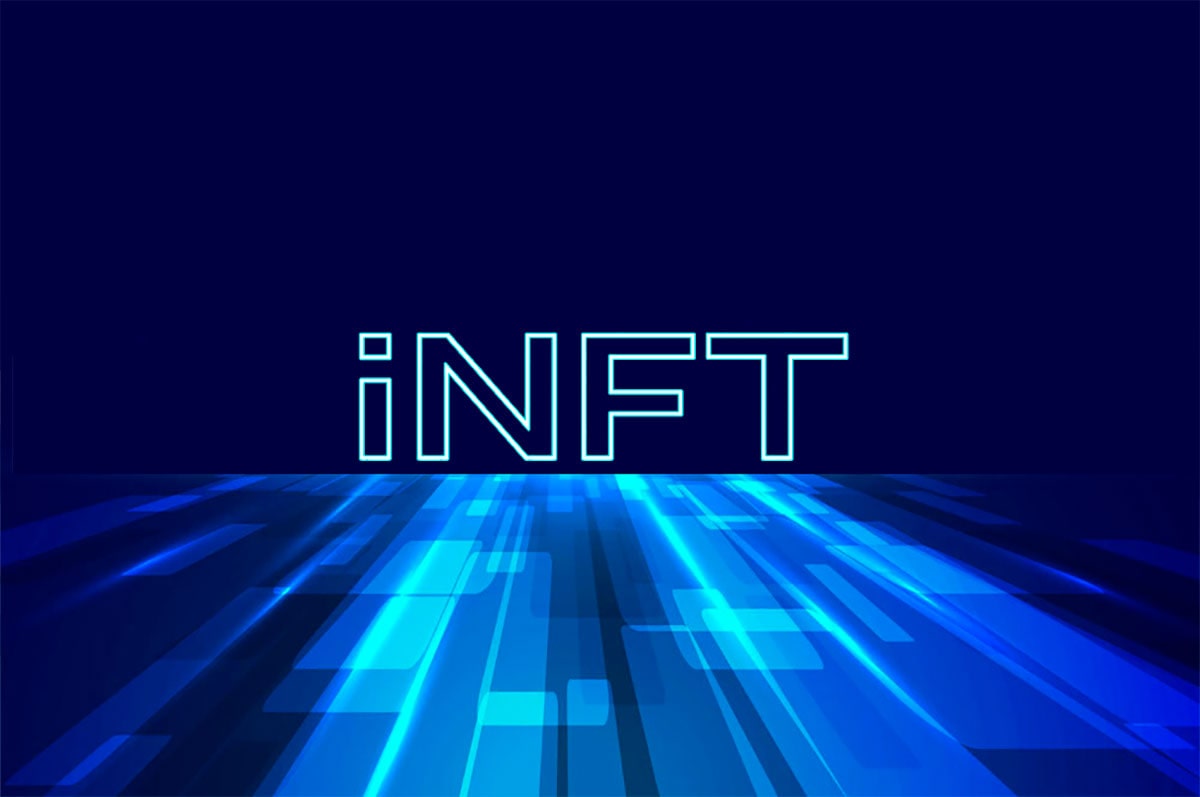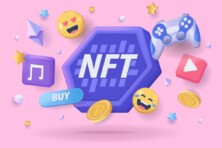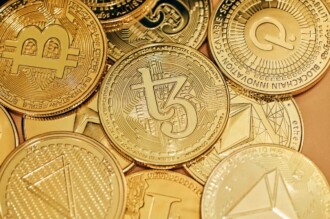Over the past two centuries, humanity has made significant progress in creating increasingly realistic representations of the world around us. Our ability to not only consume media, but also create new meaning and stories through it, defines us as “Homo Narrans.” This capacity for meaning-making is a fundamental aspect of our humanity. While the internet has made the distribution of information more efficient, it has also had negative consequences.

What is an iNFT?
NFT as a standard of modern digital art
NFTs, or non-fungible tokens, represent a new and rapidly evolving technology for representing digital media on the blockchain. As explained by Chris Dixon, an investor at Andreessen Horowitz, NFTs are essentially unique digital assets that have various applications, including art, music, videos, games, memes, and code. Unlike fungible tokens, such as Bitcoin or Ethereum, which are interchangeable and have identical value, NFTs are unique and can have varying levels of value based on their scarcity, originality, and appeal to collectors.
While NFTs have already gained significant traction in the art world, music industry, and gaming communities, there is still much untapped potential for NFTs to revolutionize the way we create, distribute, and interact with digital media. One key area of potential is programmability, specifically the integration of AI into NFTs to create what are known as intelligent NFTs (iNFTs).
Alethea AI, a company focused on developing AI-powered NFTs, believes that iNFTs will represent the next phase of NFT evolution. By embedding AI into NFTs, iNFTs will be capable of not only generating unique and interactive content, but also of learning from user interactions and possibly even achieving human-level intelligence in the coming decades.
The potential applications of iNFTs are vast and varied. For example, iNFTs could be used to create more immersive and interactive gaming experiences, personalized music playlists, or even AI-generated art that evolves over time based on user feedback. Additionally, iNFTs could be used to create more transparent and fair systems for compensating creators and artists, as well as for tracking the ownership and attribution of digital media.
The integration of AI into NFTs represents a significant opportunity for the creative working class to leverage the potential of NFTs and for the broader public to benefit from the increased accessibility and intelligence of digital media. As the technology continues to evolve, it will be interesting to see how iNFTs shape the future of digital media and how they are embraced by creators, collectors, and the public at large.
So what about an iNFT?
Intelligent Non-Fungible Tokens (iNFTs) have changed the digital asset landscape by offering significant improvements over traditional NFTs. These tokens are not only intelligent and scalable, but also generative and interactive, and have access to networked intelligence through Alethea AI’s protocol. This technology opens up endless possibilities for their implementation, such as enabling cryptopunks to participate in rap battles on Twitch or inspiring creativity through interactive experiences with Hashmasks.
From a larger perspective, iNFTs provide new ways to monetize digital assets and unlock the value of intellectual property. For example, a community can come together to fractionally own a character like V from V for Vendetta. Token holders can have exclusive access to unlock the IP of the character for rapid permissioned meme and content generation. This creates exciting new possibilities for content creation and distribution, while also offering an innovative way to monetize intellectual property.
Although iNFTs are still dependent on OpenAI’s model and come with centralization risks, emerging open-source approaches are quickly yielding real-world applications. The simplicity of Alethea AI’s protocol means that anyone can become proficient prompt engineers and designers to embed intelligent prompt design and language into an NFT, unlocking endless possibilities for creativity, monetization, and intellectual property.
iNFTs have several defining characteristics. They embed intelligence through pre-defined or evolving prompts, and are self-learning, accumulating knowledge and unlocking new forms of intelligence for their owners and creators. They are censorship-resistant and usable across multiple platforms, and accrue value that can be accessed through fractional ownership. Finally, they are token-based and built on Ethereum’s ERC-721 or ERC-1155 Non-Fungible Token (NFT) standard.
Entering the new era
Just as the splitting of the atom resulted in the creation of tremendous energy that could be used for good or bad purposes, the creation of intelligent non-fungible scarce assets (iNFTs) presents us with a massive opportunity to enter a new technological and moral dimension. These assets are not simply collectibles, but also appeal to our emotional, social, and spiritual desires. They represent a potentially infinite design space that allows us to create new virtual beings and land parcels, and will be extensions of our innate desire to create meaning and narrative.
As we enter into this new era of meaning-making through iNFTs, it is important that we govern this power effectively and upgrade our morality and value systems accordingly.









